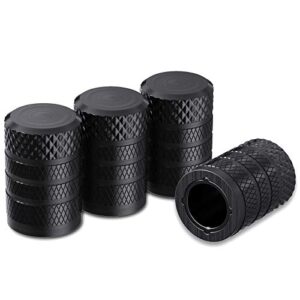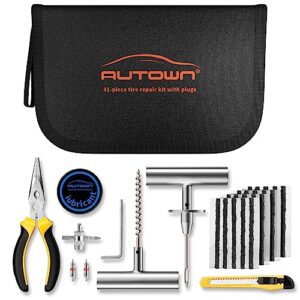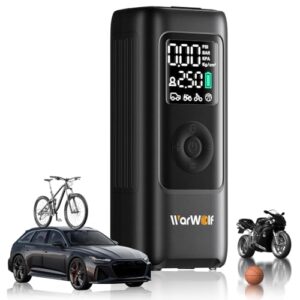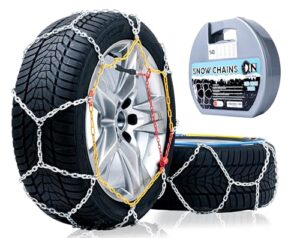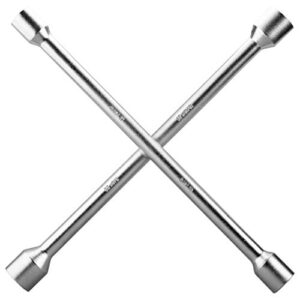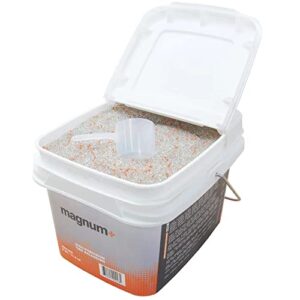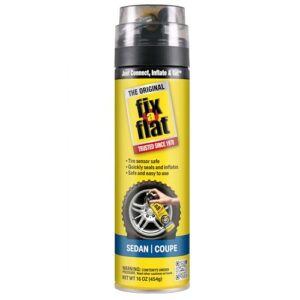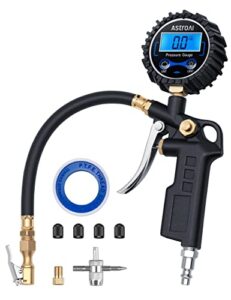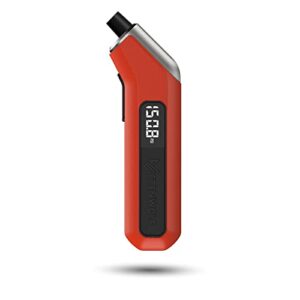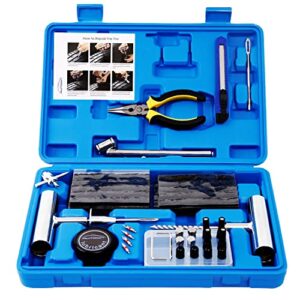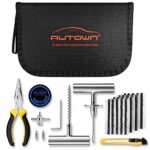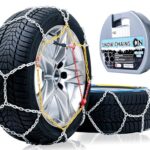The lifespan of a tire typically ranges from six to ten years. It depends on driving habits, maintenance, and environmental factors.
Tire longevity is crucial for vehicle safety and performance. Regular maintenance, proper inflation, and timely rotations can extend tire life. Driving conditions, such as road quality and climate, also play a significant role. For instance, tires in hot climates may wear out faster.
Checking tire tread depth and looking for signs of wear can prevent accidents. Investing in high-quality tires can save money in the long run. Always consult the manufacturer’s guidelines for specific tire care instructions. Proper tire management ensures a smooth, safe driving experience and helps avoid unexpected tire failures.
Introduction To Tire Lifespan
Tires are vital for your car’s safety and performance. Understanding their lifespan can save you money and ensure safety. This section explores the basics of tire lifespan.
Importance Of Tire Longevity
Tire longevity affects your driving experience. Long-lasting tires mean fewer replacements and more savings. It also ensures consistent performance and safety on the road.
Old tires can lead to accidents. They lose grip and affect braking. Knowing how long tires last helps you plan replacements.
Basic Tire Structure
The structure of a tire impacts its lifespan. Tires have several layers, each with a specific function.
| Layer | Function |
|---|---|
| Tread | Provides grip and traction |
| Sidewall | Offers stability and absorbs shocks |
| Bead | Ensures tire fits the rim |
| Inner Liner | Prevents air loss |
Each layer contributes to the tire’s durability. Quality materials and construction extend the tire’s life.
Regular maintenance and proper usage also play a crucial role. Keep tires inflated and avoid overloading the vehicle.
Factors Affecting Tire Lifespan
The lifespan of a tire varies based on several critical factors. Understanding these factors can help you maximize the use of your tires. Below, we will discuss the main elements that affect tire lifespan.
Driving Habits
Your driving habits significantly influence how long your tires last. Aggressive driving, such as rapid acceleration, hard braking, and sharp turns, can wear out tires faster. Smooth and steady driving can extend tire life.
- Frequent speeding
- Quick starts and stops
- Sharp cornering
Road Conditions
The type of roads you drive on also plays a crucial role. Poor road conditions, like potholes and rough surfaces, can lead to quicker tire degradation. Smooth and well-maintained roads are gentler on tires.
| Road Condition | Impact on Tires |
|---|---|
| Highway | Minimal wear |
| City Streets | Moderate wear |
| Off-road | High wear |
Driving on gravel or dirt roads can also affect tire lifespan. It’s important to consider the road conditions you frequently encounter.
Tire Maintenance Tips
Maintaining your tires is crucial for extending their lifespan. Proper tire care ensures safety and performance. Follow these tips to keep your tires in top shape.
Regular Inspections
Inspect your tires at least once a month. Look for any cuts, punctures, or bulges. These can weaken the tire and lead to failure. Check the tread depth using a penny. Insert the penny into the tread groove with Lincoln’s head upside down. If you see the top of Lincoln’s head, your tread is too low. Replace the tire immediately.
Make sure to rotate your tires every 5,000 to 7,000 miles. This helps in even wear of the tires. Uneven wear can reduce the lifespan of a tire. Regular inspections and rotations keep your tires safe and long-lasting.
Proper Inflation
Keep your tires properly inflated. Check tire pressure once a month. Use a quality tire gauge for accurate readings. Refer to your vehicle’s manual for the recommended tire pressure.
Under-inflation or over-inflation can lead to tire damage. Under-inflation causes the tire to wear out more quickly. Over-inflation can make the tire more prone to damage from road hazards.
Make sure to check tire pressure when the tires are cold. This gives a more accurate reading. Proper inflation ensures better fuel efficiency and longer tire life.
| Check | Frequency |
|---|---|
| Inspect tires | Monthly |
| Rotate tires | Every 5,000-7,000 miles |
| Check tire pressure | Monthly |

When To Replace Tires
Knowing when to replace your tires is crucial. It ensures your safety on the road. Regular checks help you avoid accidents. Here’s what you need to look for.
Tread Wear Indicators
Tires have built-in tread wear indicators. These are small bars within the grooves. When the tread wears down to these bars, it’s time for new tires. You can also use a penny for a quick check. Insert it into the tread with Lincoln’s head upside down. If you can see all of Lincoln’s head, your tire tread is too low.
Age Of Tires
Tires age even if they are not used. Most manufacturers recommend replacing tires every six years. Check the manufacture date on the tire’s sidewall. Look for a four-digit number. The first two digits represent the week of manufacture. The last two digits represent the year. For example, 2518 means the tire was made in the 25th week of 2018.
| Indicator | Action Needed |
|---|---|
| Tread Wear Indicators | Replace Tires |
| Age of Tires | Replace if over 6 years old |
- Regularly check your tire tread.
- Know the age of your tires.
- Replace tires with low tread or old age.
- Inspect your tires monthly.
- Check for cracks and bulges.
- Ensure proper tire inflation.
Types Of Tires And Their Lifespan
Understanding different types of tires helps in choosing the right one. Each type of tire has its own lifespan. This depends on usage, quality, and maintenance. Let’s explore some common types of tires and their expected lifespans.
All-season Tires
All-season tires are designed for varied weather conditions. They perform well in both dry and wet conditions. They offer a balance of capabilities and are suitable for most drivers.
- Typical lifespan: 50,000 to 70,000 miles
- Good for moderate weather changes
- Not specialized for extreme conditions
Regular maintenance like rotation and alignment can extend their life. Check the tread depth often for safety.
Performance Tires
Performance tires are built for speed and agility. They provide excellent handling and grip. These tires are perfect for high-performance vehicles.
- Typical lifespan: 20,000 to 40,000 miles
- Designed for high-speed and sporty driving
- Wear out faster due to softer rubber
Frequent use in aggressive driving can shorten their lifespan. Always monitor the tire pressure for optimal performance.
| Type of Tire | Typical Lifespan (miles) | Key Features |
|---|---|---|
| All-Season Tires | 50,000 to 70,000 | Good for varied weather, long-lasting |
| Performance Tires | 20,000 to 40,000 | High-speed, excellent grip |
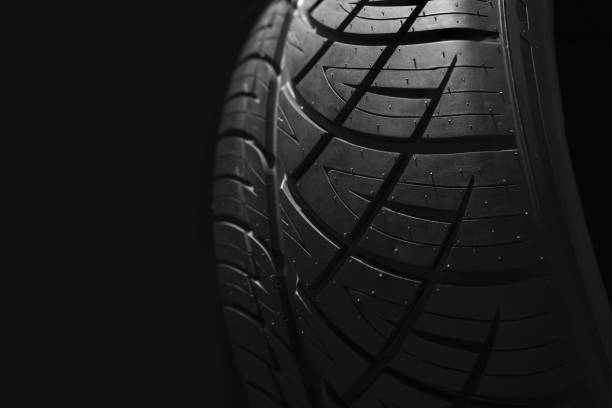
Common Tire Issues
Tires are the only contact between your car and the road. They face many challenges daily. Understanding common tire issues helps extend their lifespan. This can also keep you safe on the road.
Cracking And Bulging
Tire cracking often happens due to age or exposure to the sun. UV rays break down the rubber, causing tiny cracks. These cracks grow over time. Bulging occurs from hitting potholes or curbs. The impact causes a weak spot in the tire. This weak spot bulges out, making the tire unsafe.
Check your tires for cracks and bulges regularly. If you see these signs, replace the tire quickly. Driving with damaged tires can lead to blowouts. Blowouts are dangerous, especially at high speeds.
Uneven Wear
Uneven tire wear reduces the lifespan of your tires. It also affects your car’s performance. Several factors cause uneven wear. Poor alignment is a common cause. Misaligned wheels don’t distribute weight evenly. This causes one side of the tire to wear faster.
Another cause is improper tire pressure. Under-inflated tires wear on the edges. Over-inflated tires wear in the center. Rotating your tires helps prevent uneven wear. Rotate them every 6,000 to 8,000 miles. This ensures even wear and extends tire life.
| Issue | Cause | Solution |
|---|---|---|
| Cracking | UV exposure, age | Regular checks, replace if cracked |
| Bulging | Impact from potholes, curbs | Avoid impacts, replace if bulging |
| Uneven Wear | Poor alignment, wrong tire pressure | Check alignment, maintain proper pressure |
Maintaining your tires well ensures safety and longevity. Regular checks and proper care go a long way. Stay safe on the road with well-maintained tires.
Extending Tire Life
Extending the life of your tires can save money and ensure safety. Proper tire care involves regular maintenance and simple practices. Let’s explore some of the best ways to extend tire life.
Rotating Tires
Rotating your tires helps them wear evenly. Uneven wear can shorten tire life. Rotate your tires every 5,000 to 8,000 miles. This practice helps maintain even tread depth.
Here’s a simple rotation pattern:
- Move the front tires to the rear.
- Cross the rear tires to the front.
Check your car’s manual for specific rotation patterns. Different vehicles may require unique patterns. Regular rotation keeps tires in good shape longer.
Aligning Wheels
Wheel alignment ensures your tires meet the road correctly. Misaligned wheels cause uneven tire wear. This can shorten tire lifespan. Align your wheels every 10,000 miles or if you notice steering issues.
Signs you need an alignment:
- Your car pulls to one side.
- Your steering wheel is off-center.
- Uneven tire wear patterns.
Proper alignment improves tire wear and fuel efficiency. It also ensures a smoother and safer ride.
Choosing The Right Tire
Choosing the right tire is crucial for your vehicle’s performance and safety. The right tire ensures better grip, smooth rides, and longer lifespan. Let’s dive into key aspects of tire selection.
Understanding Tire Ratings
Tire ratings help you determine the best tire for your needs. Ratings include speed, load, and treadwear. Each rating gives essential information.
- Speed Rating: Indicates the maximum speed a tire can safely handle.
- Load Rating: Shows the maximum weight a tire can support.
- Treadwear Rating: Measures the tire’s expected lifespan based on wear.
Check these ratings on the tire’s sidewall. They help you make an informed choice.
Selecting For Your Vehicle
Different vehicles need different tires. Consider your vehicle type and driving needs.
Passenger Cars: Choose all-season tires for daily use. They offer a balance of performance and comfort.
SUVs and Trucks: Opt for all-terrain or mud-terrain tires. They provide better traction on rough surfaces.
Performance Cars: Select high-performance tires. They increase speed and handling.
Consult your vehicle’s manual for tire recommendations. This ensures the best fit and performance.
| Vehicle Type | Recommended Tire |
|---|---|
| Passenger Car | All-Season Tire |
| SUV/Truck | All-Terrain/Mud-Terrain Tire |
| Performance Car | High-Performance Tire |
Selecting the right tire ensures safety and longevity. Make an informed decision based on your needs.
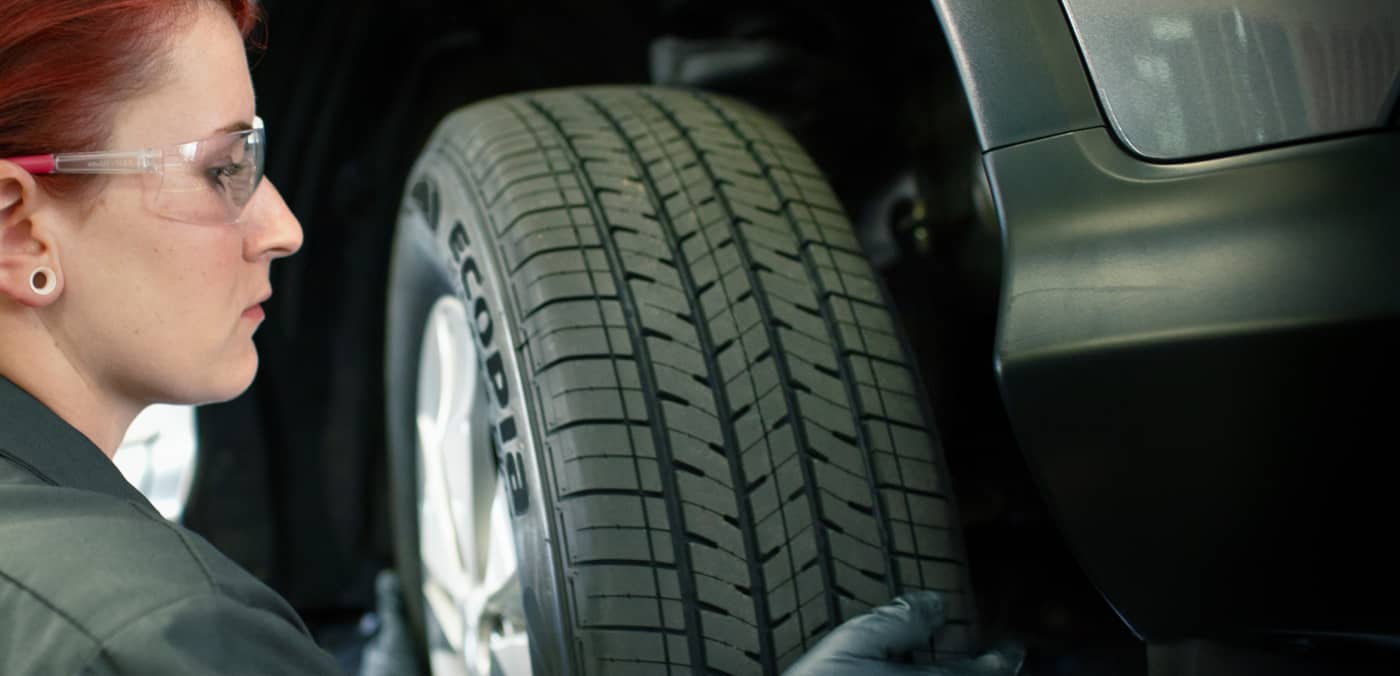
Frequently Asked Questions
How Long Should Tires Last On Average?
Tires typically last between 25,000 to 50,000 miles. Factors like driving habits and road conditions affect longevity. Regular maintenance extends tire life.
How Many Years Does A Tire Expire?
Tires typically expire after 6 to 10 years. Always check the manufacturer’s recommendations and inspect for wear regularly.
How Often Should Tires Be Replaced?
Tires should be replaced every 6 years or 50,000 miles, whichever comes first. Regularly inspect for wear and damage.
Are 10 Year Old Tires Safe?
No, 10-year-old tires are not safe. Tires degrade over time, increasing the risk of failure. Replace them.
Conclusion
Understanding tire lifespan helps ensure safety and performance. Regular maintenance and inspections are crucial. Replace tires when signs of wear appear. Consider factors like driving habits and road conditions. Choosing quality tires and proper care extend their life. Always prioritize safety for a smoother, longer-lasting drive.





